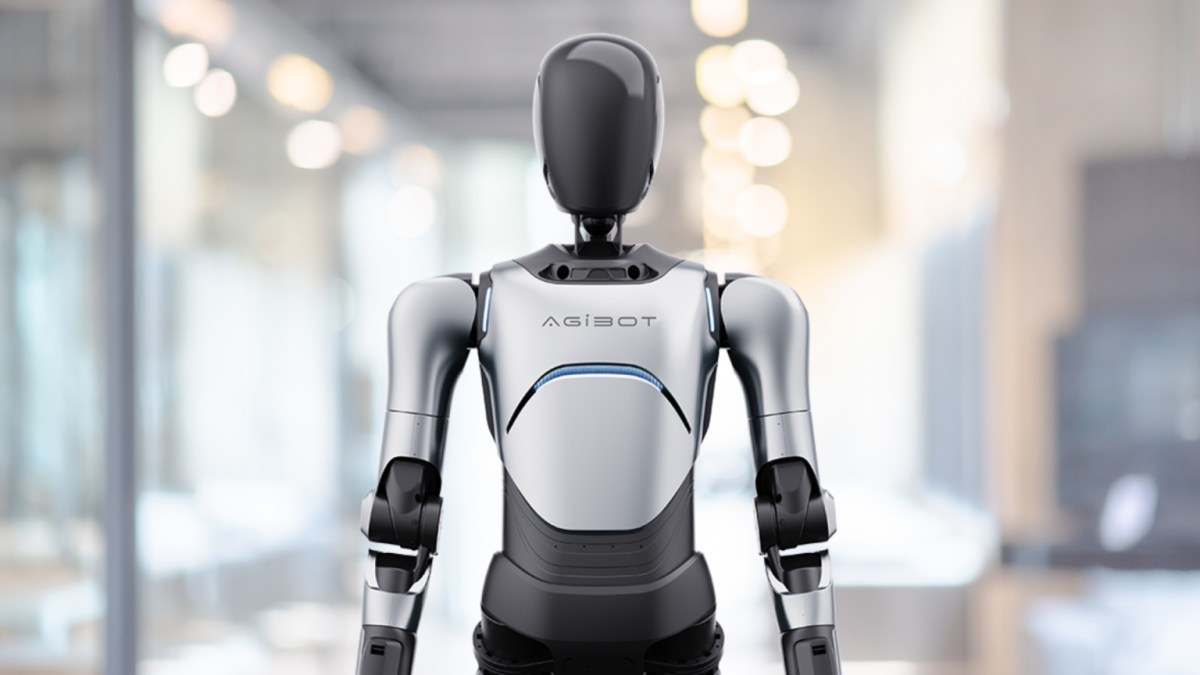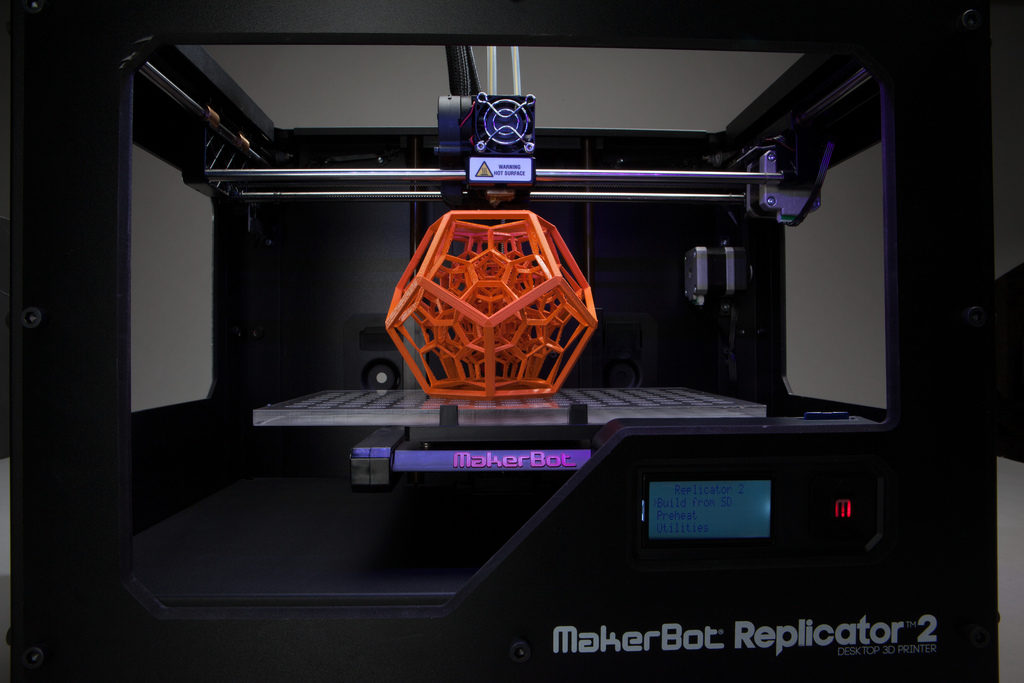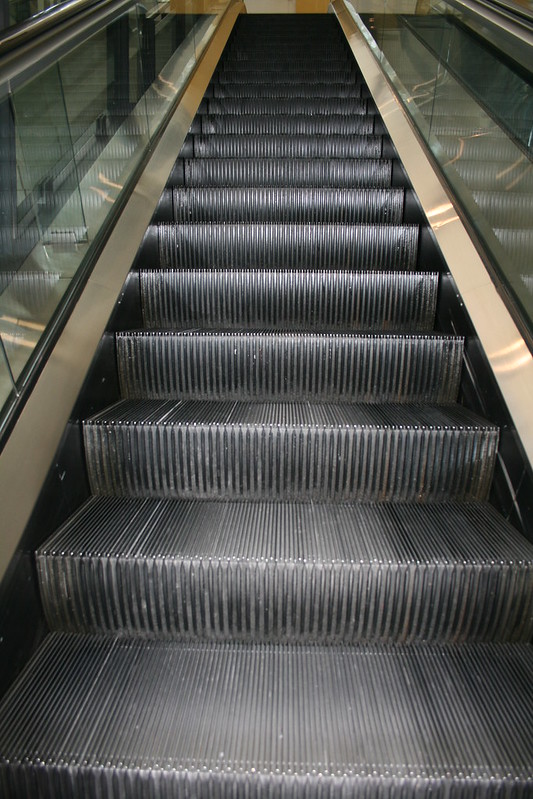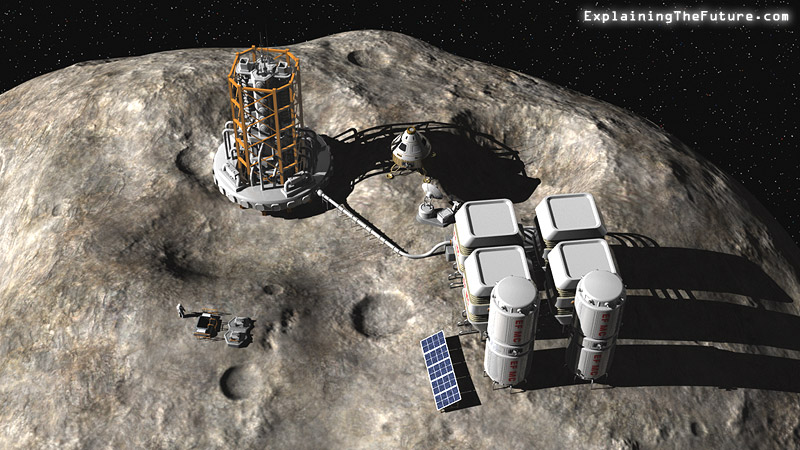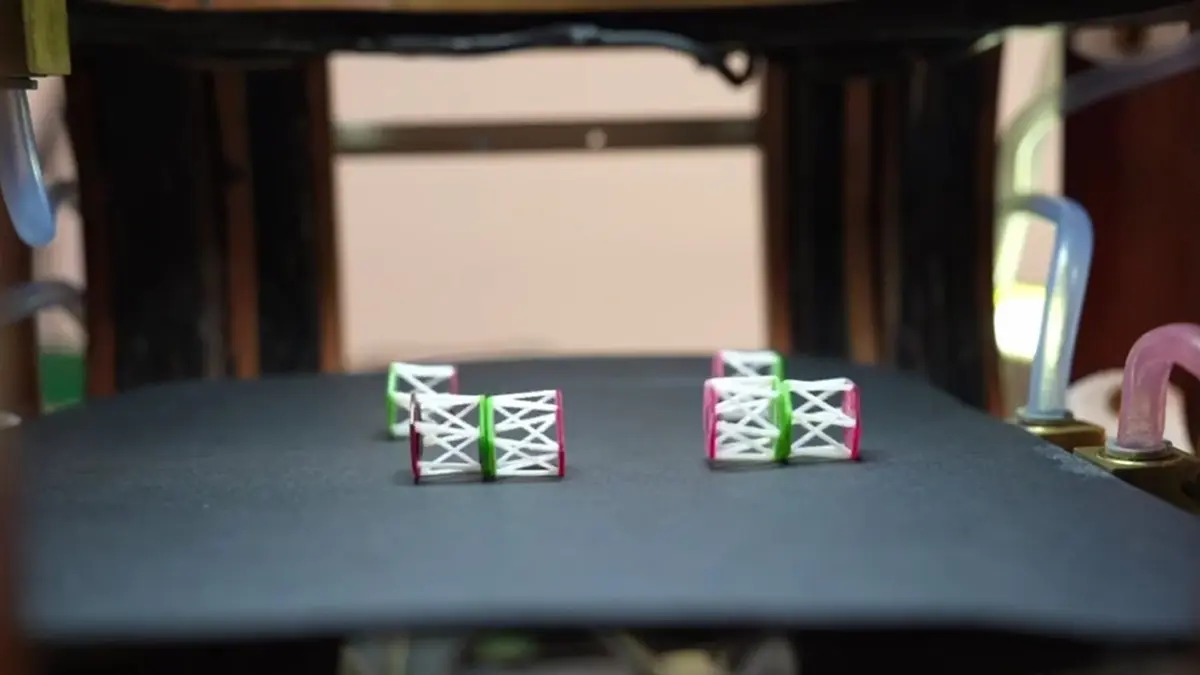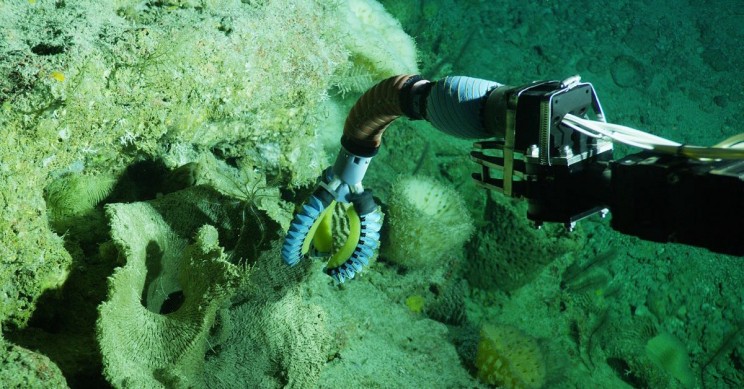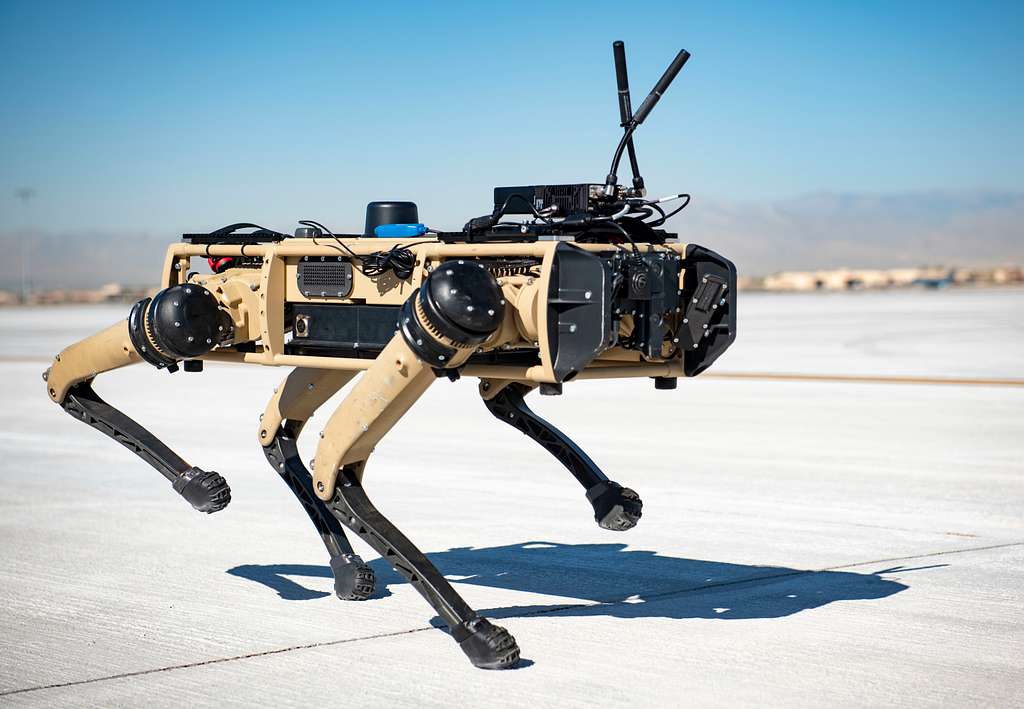
In a leap forward for robotics technology, Colorado State University (CSU) researchers have unveiled a trio of morphing robots that can alter their bodies and legs, taking inspiration from nature’s adaptability. This breakthrough, detailed in a recently published paper in Nature, showcases the potential of biomimicry in creating robots capable of gripping, climbing, and seamlessly transitioning between different environments.%2F2023%2F10%2F04%2Fimage%2Fjpeg%2Fo1ISqqYPH0bQDgxiqgQR8gY3L2BUb4MH1Aw7lUws.jpg&w=3840&q=75)
Associate Professor Jianguo Zhao, leading the research team alongside recent Ph.D. graduate Jiefeng Sun, explained that these robots are constructed with materials that can change their rigidity in response to temperature fluctuations. Unlike traditional robots relying on cumbersome power systems, these morphing robots utilize lightweight artificial muscles similar to human muscles. These artificial muscles contract when electricity is applied, allowing for a variety of shape-types without the need for complex external mechanisms.
Zhao envisions these adaptable robots playing a crucial role in search and rescue operations, particularly in challenging disaster-stricken areas. The embedded morphing scheme empowers these robots to navigate and work in difficult environments with unprecedented flexibility.
The paper outlines three distinct morphing robotic designs, each showcasing a unique application of shape-morphing technology. The first design is a gripper capable of sensing and adapting its shape for enhanced item manipulation. The second design introduces a quadrupedal robot that can flatten itself to crawl through narrow openings or grip onto ledges, showcasing remarkable traversal abilities. The third robot, untethered and versatile, can dynamically change its leg shape and position, seamlessly transitioning from walking on land to swimming in water—all at a moment’s notice.
Zhao drew inspiration from nature, stating, “Frogs can make these kinds of changes effortlessly, for example. They start as tadpoles with tails for swimming before developing legs that let them jump, crawl, or swim. We take inspiration from those transformations, but achieving animal-like embedded shape morphing in robots remains challenging and is something we hope this work will continue to address.”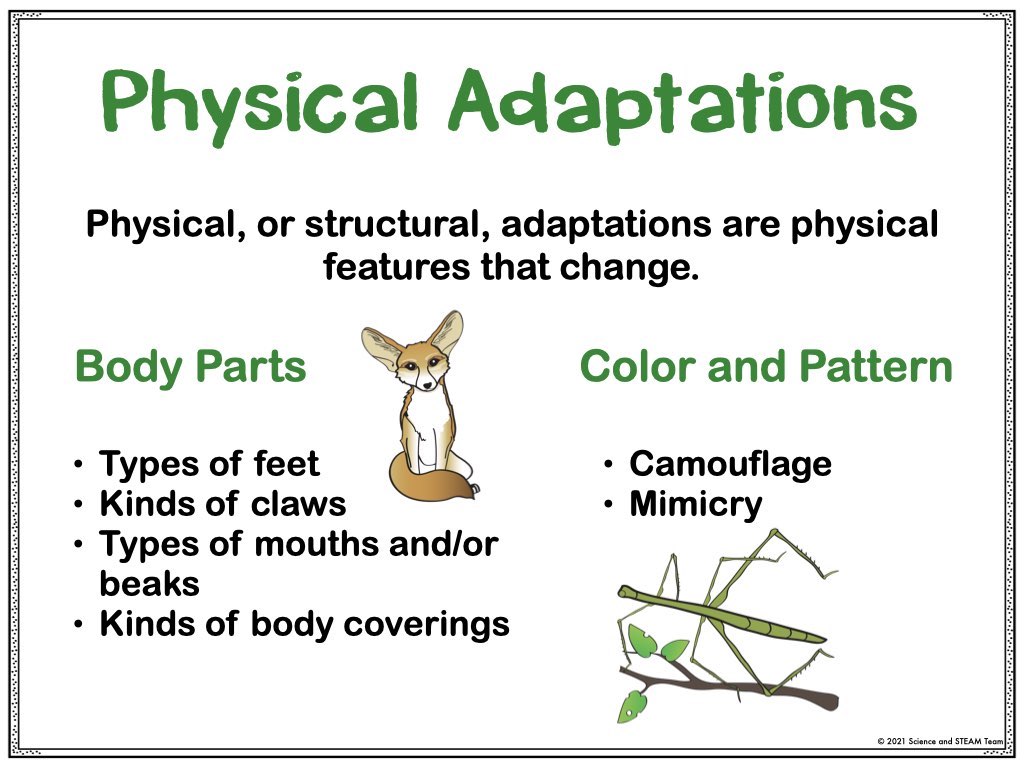
The research team embarked on this project in 2017, initially grappling with the challenge of finding an effective method for actuation—making the robot’s limbs contract and move. The current approach utilizes artificial muscles driven by electricity, allowing the necessary mechanical systems to be contained within the robot.
The next phase of development focuses on refining the robotic systems and enhancing their autonomy. While the current systems are remotely controlled, Zhao envisions a future where these robots can operate independently, determining the most suitable shape or morphology for specific tasks. The addition of sensors or cameras could enable the robots to autonomously navigate and adapt their morphology for energy-efficient locomotion.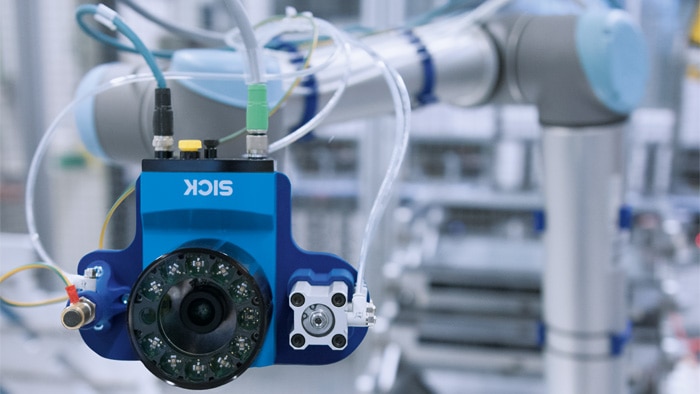
The study abstract emphasizes the embedded shape-morphing scheme as a promising avenue for robots to reconfigure their morphology, adapting to different environments on demand. As the field of biomimicry continues to evolve, these morphing robots stand as a testament to the potential of nature-inspired design in revolutionizing the capabilities of robotics.
**RELATED STORIES:**
- https://interestingengineering.com/innovation/scientists-have-created-shape-shifting-liquid-metal-that-can-be-programmed
- https://interestingengineering.com/innovation/japan-deploys-scary-robot-wolves-to-ward-off-wild-bears
- https://www.iotworldtoday.com/robotics/shapeshifting-robot-can-morph-from-a-liquid-to-a-solid
- https://physicsworld.com/a/morphing-robots-chaos-inspired-jewellery-cool-cities/
- https://news.yale.edu/2022/10/12/morphing-limbs-robot-travels-land-and-water
**TAKE ACTION:**




